Weapons
Suffer the Children
Another fine Xmas ditty.
Posted By: Paul - Thu Dec 21, 2023 -
Comments (1)
Category: Holidays, Toys, Children, 1960s, Weapons
Reassuring news in the event of a nuclear war
The reassuring news, according to Dr. G.D. Kersley, was that if you've had one nuclear bomb dropped on you, you're unlikely to have another.Kersley's article appeared in the Aug 9, 1958 issue of the British Medical Journal. You can read it here. The reassuring comments are on the final page, in the conclusions section.

Birmingham Post - Aug 8, 1958
Posted By: Alex - Mon Nov 06, 2023 -
Comments (2)
Category: War, Weapons, Atomic Power and Other Nuclear Matters, 1950s
Miss Missile
Between 1961 and 1965, a "Miss Missile" was chosen annually at Sheppard Air Force Base in Wichita Falls. The contest was part of the Armed Forces Day celebrations.The first winner was Nancy Mitchell, making her Miss Mitchell Miss Missile.

Wichita Falls Record - May 15, 1962

Wichita Falls Record - May 18, 1962

Wichita Falls Record - May 5, 1965

Wichita Falls Record - May 14, 1965
Posted By: Alex - Wed Sep 27, 2023 -
Comments (1)
Category: Awards, Prizes, Competitions and Contests, 1960s, Weapons
Death Sand
Radiological warfare is the use of radiation as a weapon. "Death Sand" is a variant of this — the use of irradiated sand as a weapon. Details from Popular Science, Feb 1951.Airplanes for "death-sand" attacks could resemble those used for crop dusting and spreading fertilizer from the air. A British plane for the latter purpose has dropped five tons of chemicals in a single experimental flight.
To protect occupants from the cargo's radioactivity a death-sand plane would need heavy shielding. (After calculating its weight, one scientist suggested dropping the shielding instead of the RW agent on the enemy!) But shielding could be omitted if crewless planes, under radio control from accompanying aircraft, laid the sand.
Troops in an area sprinkles with death sand will have no choice but to get out. Those who remain will receive a fatal dose in anywhere from a few hours to several weeks, depending on the intensity of the radioactivity. Like victims of A-bomb radiation, they will suffer nausea, loss of hair, anemia, and hemorrhages. But those who flee at once will suffer no ill effects.



Posted By: Alex - Thu Sep 14, 2023 -
Comments (3)
Category: War, Weapons, Atomic Power and Other Nuclear Matters
Clipboard Gun
The justification for this clipboard gun was that it would allow police officers to approach stopped vehicles looking as if they were holding a clipboard, not a gun.The problem that I see is that it wouldn't take long for the public to realize that the clipboards were actually guns. In which case, even if a police officer was genuinely only carrying a clipboard, everyone would assume it was a gun.
More info: Patent No. 4,016,666


Posted By: Alex - Tue Aug 29, 2023 -
Comments (2)
Category: Police and Other Law Enforcement, Patents, 1970s, Weapons
Mystery Illustration 111
What's going on here?The answer is at the link.
Or after the jump.
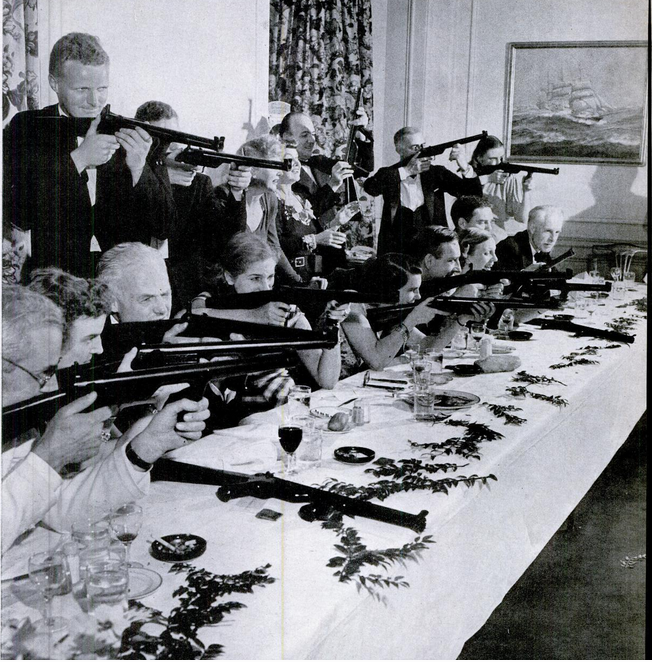
More in extended >>
Posted By: Paul - Sun Jul 16, 2023 -
Comments (4)
Category: 1940s, Weapons
Hand Grenade Throwing as a College Sport
Lewis Omer’s Hand Grenade Throwing as a College Sport, published in 1918, appears in various lists of books with odd titles.I was curious about the contents of the book, but I initially came up empty handed. The British Library blog reported that it was a nine-page booklet, but that no copies of the title seemed to remain in existence. The Library of Congress didn't have a copy, nor did any other libraries. And the British Library's own copy was destroyed during aerial bombing in World War II.
But after some searching I found what appears to be the text of Omer's booklet reproduced in the Spalding's Athletic Library Official Handbook, published in 1919, and viewable at archive.org.
So why hand-grenade throwing as a college sport? Because, at the time Omer wrote his book, young American men were being sent to fight in World War I, and some colleges had introduced grenade throwing as a sport, to prepare them for the war. Using dummy grenades, obviously, rather than live ones. Omer's booklet provided the official rules for the new sport.
Some more info about the history of grenade throwing as a sport can be found at the History Of The California Interscholastic Federation Southern Section.
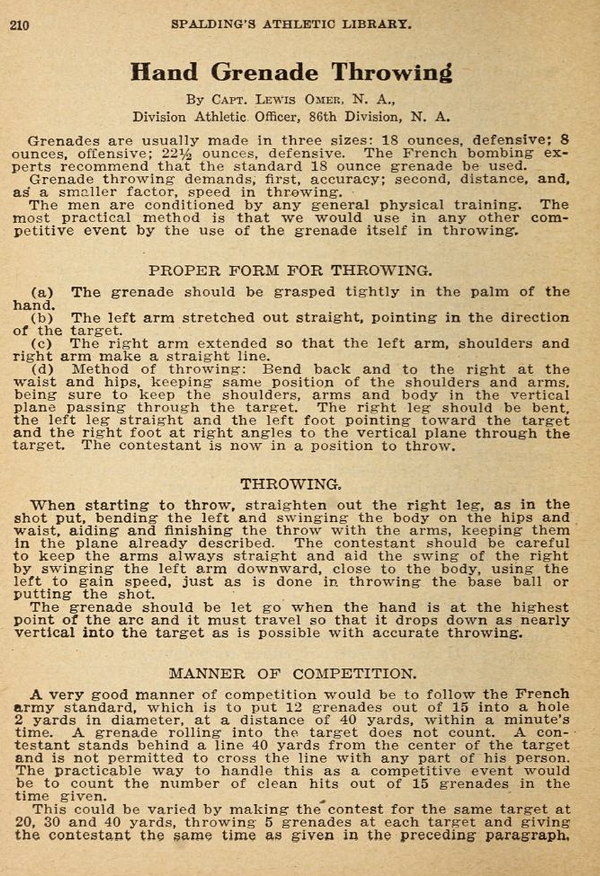
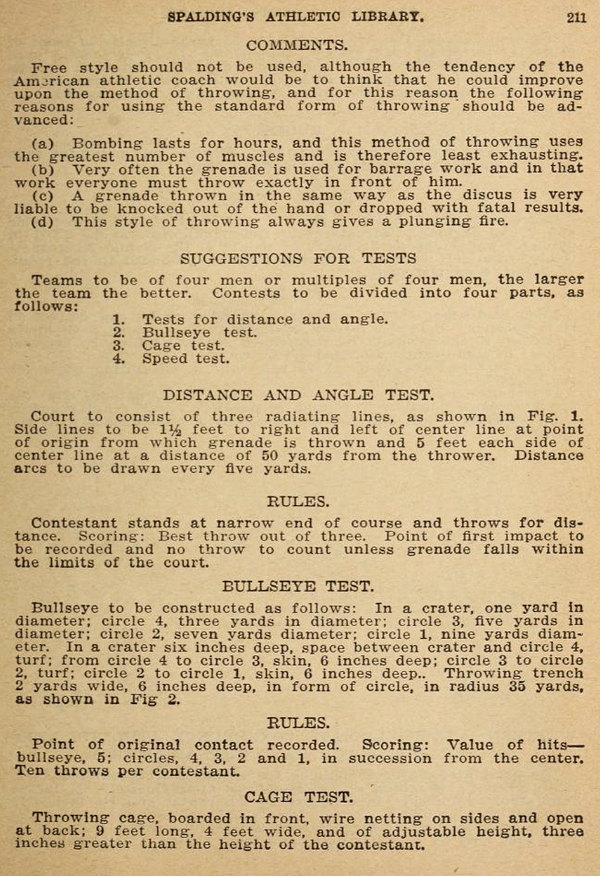
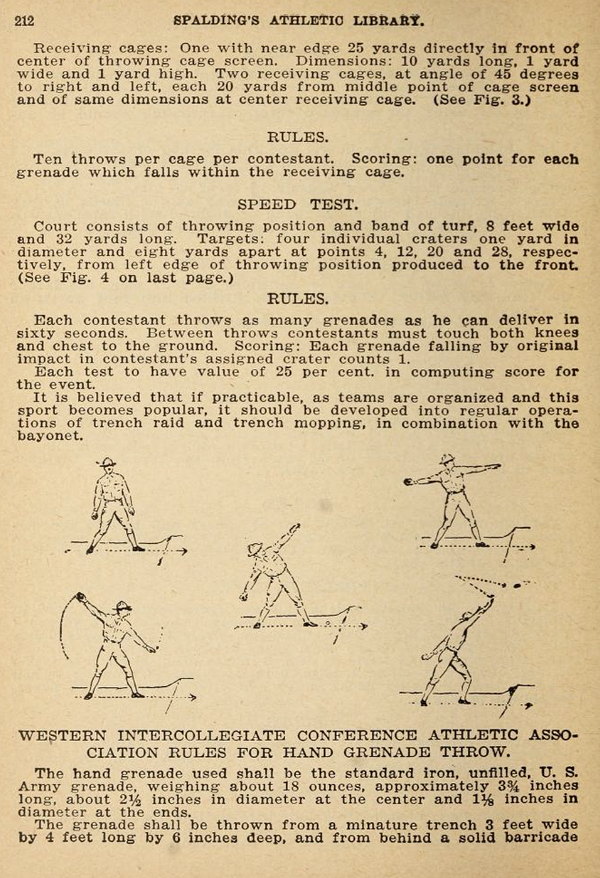
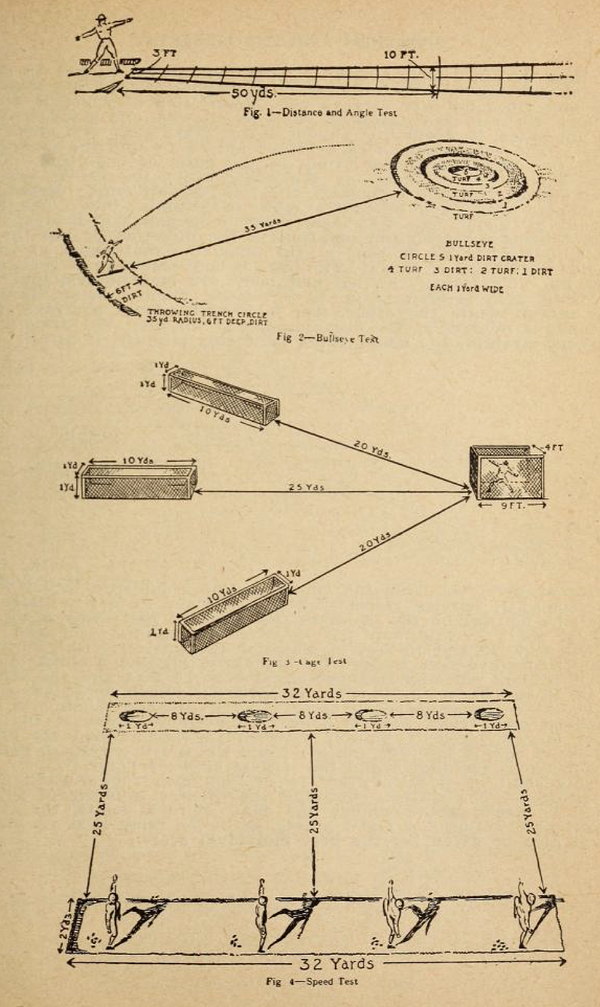
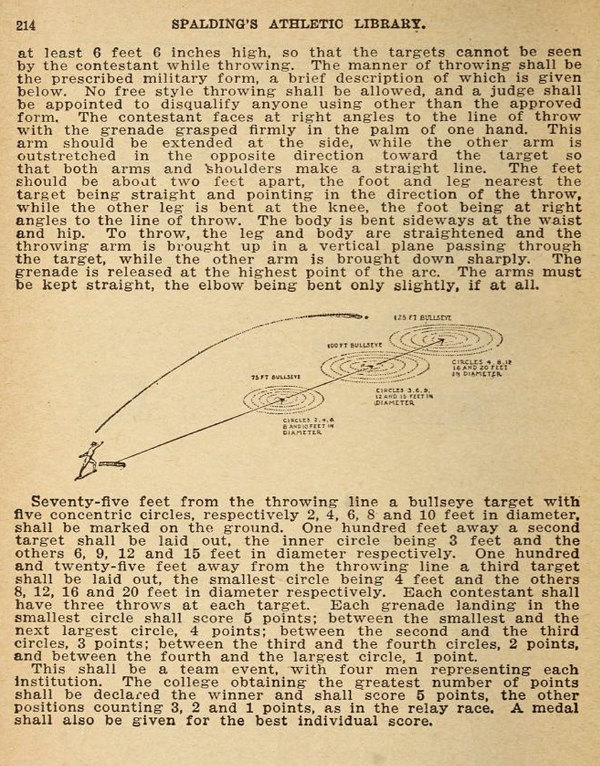
Posted By: Alex - Thu Jun 22, 2023 -
Comments (5)
Category: Sports, Books, 1910s, Weapons
Follies of the Madmen #566
Our syndicated TV show is comparable to the deadliest weapon known to mankind.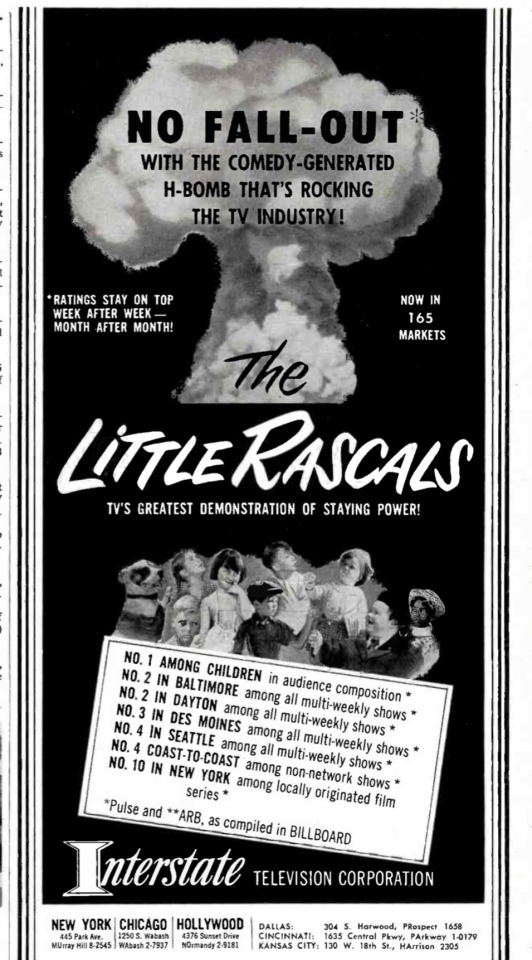
Posted By: Paul - Tue May 30, 2023 -
Comments (0)
Category: Death, Destruction, Humor, Television, Advertising, Children, 1950s, Weapons
Food Bombs
I imagine this would have been the most expensive way possible to deliver humanitarian supplies. Though also the fastest.
Modesto Bee - May 30, 1992

Weekly World News - July 7, 1992
Posted By: Alex - Thu May 18, 2023 -
Comments (5)
Category: Food, 1990s, Weapons
The Rigsby Electric Machinegun
Ahead of its time.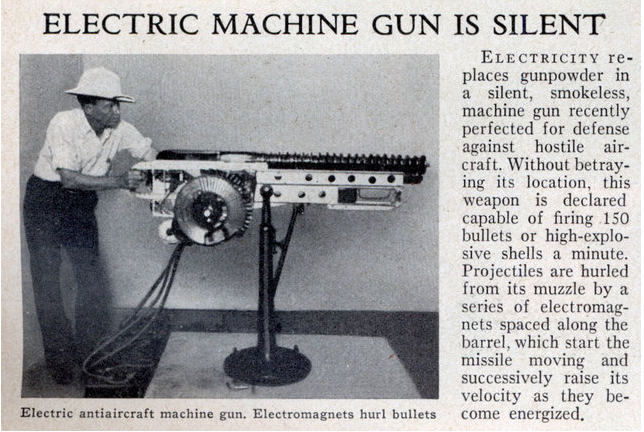
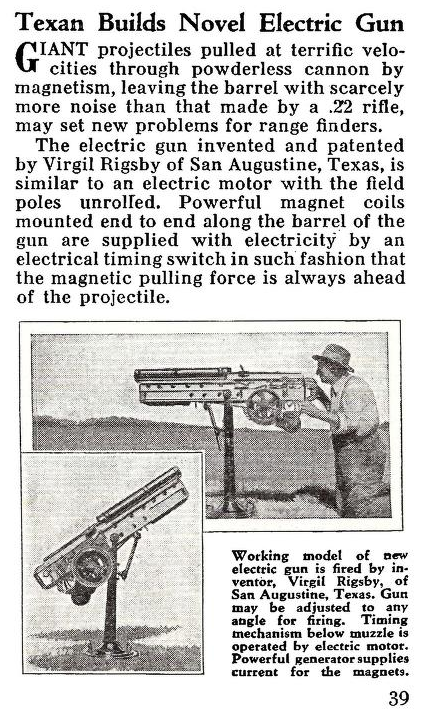
Posted By: Paul - Tue Feb 14, 2023 -
Comments (1)
Category: Inventions, 1930s, Weapons

| Who We Are |
|---|
| Alex Boese Alex is the creator and curator of the Museum of Hoaxes. He's also the author of various weird, non-fiction, science-themed books such as Elephants on Acid and Psychedelic Apes. Paul Di Filippo Paul has been paid to put weird ideas into fictional form for over thirty years, in his career as a noted science fiction writer. He has recently begun blogging on many curious topics with three fellow writers at The Inferior 4+1. Contact Us |




